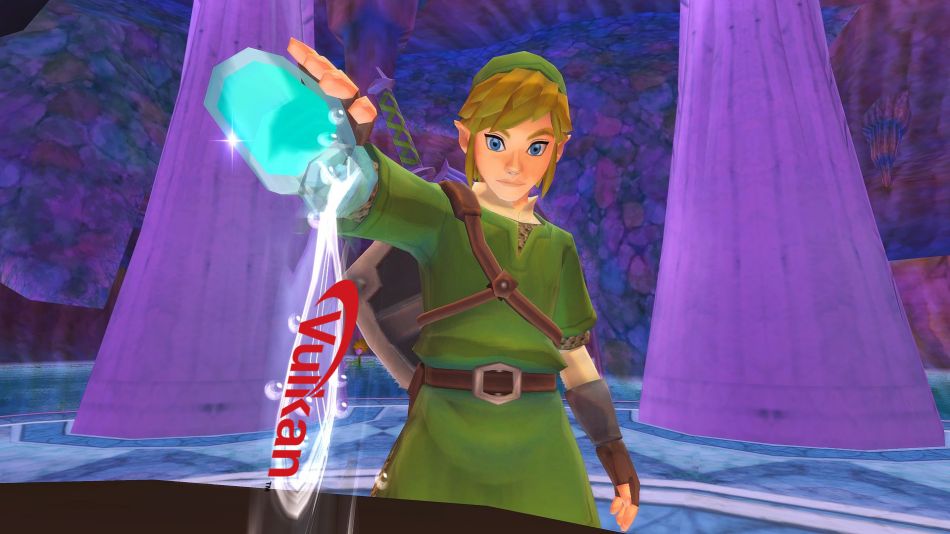
In their progress report posted yesterday they detailed their reasoning. It mainly boils down to the fact that their Vulkan renderer was performing just as good as DirectX 12:
QuoteGoing forward, we're going to continue to optimize the existing graphics backends. In our testing, the Vulkan backend was as fast as, or nearly as fast as the D3D12 backend in every benchmark. While different drivers and graphics cards will not all perform identically, we're confident that moving forward the Vulkan backend will be able to handle the burden of users seeking the benefits of the newer graphics APIs.
This makes me happy to read, since it's another win for Vulkan, which is going to be pretty damn important for the future of Linux gaming as a whole.
I don't really use emulators myself, but I consider them really important since eventually old systems just vanish. I personally see no problem using them, especially if you own the games and the system already.
Some you may have missed, popular articles from the last month:
All posts need to follow our rules. For users logged in: please hit the Report Flag icon on any post that breaks the rules or contains illegal / harmful content. Guest readers can email us for any issues.
This is yet another Win for Vulkan over DX12, it's small wins like this we need, more vulkan usage amongst developers = more games on Vulkan which will make majority of new games playable, if not natively through wine with equal performances to Windows :)
Great news!
Great news!
11 Likes, Who?

19 Likes, Who?
If you're the kind to see the thumbnail before reading the title, this post had very a different inference at quick glance.
0 Likes
If you're the kind to see the thumbnail before reading the title, this post had very a different inference at quick glance.
Agreed, it looks like link is "dropping" Vulkan :D
With that said, dropping D3D12 (rather, not adopting it in the first place) makes a lot of sense for pretty much any multi-platform, but single purpose, engine.
Last edited by natewardawg on 4 Jun 2017 at 8:27 pm UTC
0 Likes
Unlike the D3D12 backend, the Vulkan backend is actively maintained and does not have the design flaws that made D3D12 harder to work with.
From the dolphin link progress report this sentence looks even more "interesting" than the one you quoted.
Last edited by lucinos on 4 Jun 2017 at 9:19 pm UTC
4 Likes, Who?
It all comes down to a simple situation: the guy that ported dx12 vanished and didn't keep supporting it. If he were still around giving dx12 support the situation would be different. It was nice that this emulator provided support for both APIs
1 Likes, Who?
It all comes down to a simple situation: the guy that ported dx12 vanished and didn't keep supporting it. If he were still around giving dx12 support the situation would be different. It was nice that this emulator provided support for both APIs
from reading more of their reports it looks more complicated and more in favor of Vulkan! Also supporting d3d12 leaving aside the double effort and more manpower is not good for compiling times as they say.
An other quote from the November report
5.0-1241 - Vulkan Cleanup and XFB Support by stenzek
While it was originally planned to wait for Hybrid XFB to wire up Vulkan to the eXternal FrameBuffer, it turns out that feature is taking quite a bit longer than anticipated. Thus, in his latest block of cleanups, stenzek decided to plug Vulkan into the existing XFB code. It was a relatively simple task, and more or less makes Vulkan feature complete. This means that Vulkan can properly run games that require Virtual or Real XFB, such as Star Wars Rogue Squadron II: Rogue Leader.
In terms of overall quality, the Vulkan backend is shaping up nicely. Unlike D3D12, which is still plagued by a lot of instabilities, Vulkan seems to run well on any of the cards that support it. That said, it's not going to revolutionize Dolphin; its merely a bit faster than the standard D3D11 and OpenGL backends outside of a few rare cases, like The Legend of Zelda: Twilight Princess. While OpenGL remains the most accurate backend, Vulkan brings most of the performance of D3D12 without the instabilities in its current form.
2 Likes, Who?
In February a preliminary libretro Dolphin core was released, haven't really been tracking it further, but could be neat.
0 Likes
One of the devs posted on phoronix:
"No.
In most cases we found the D3D12 backend to be faster. It was faster because it did some threading tricks that the Vulkan backend currently doesn't do. However, that performance advantage slims significantly on higher end systems.
The D3D12 backend showed the most benefit for Intel iGPU users that could support D3D12, but not Vulkan. This was a lot of users. Intel iGPUs dominate our top GPUs used stat in analytics.
While it's unfortunate, we chose to keep the code base easier to maintain, and dropping D3D12 let us do just that. This was the biggest reason. Due to needing a very specific version of the Win10 SDK, retargeting the project to a new version every time the SDK updated wasn't feasible. As it requires buildbot admin coordination as well. And since we have no idea how microsoft intends to manage the Win10 SDK with VS 2017 which we recently migrated to, if microsoft chooses to constantly update it, that's a huge headache for us.
Additionally, the maintainer of the D3D12 backend pretty much disappeared after getting it merged to master, and due to the questionable quality of the code, none of the regular graphics devs wanted to touch it. It fell out of feature parity and users were frustrated that nobody was fixing anything in that backend."
"No.
In most cases we found the D3D12 backend to be faster. It was faster because it did some threading tricks that the Vulkan backend currently doesn't do. However, that performance advantage slims significantly on higher end systems.
The D3D12 backend showed the most benefit for Intel iGPU users that could support D3D12, but not Vulkan. This was a lot of users. Intel iGPUs dominate our top GPUs used stat in analytics.
While it's unfortunate, we chose to keep the code base easier to maintain, and dropping D3D12 let us do just that. This was the biggest reason. Due to needing a very specific version of the Win10 SDK, retargeting the project to a new version every time the SDK updated wasn't feasible. As it requires buildbot admin coordination as well. And since we have no idea how microsoft intends to manage the Win10 SDK with VS 2017 which we recently migrated to, if microsoft chooses to constantly update it, that's a huge headache for us.
Additionally, the maintainer of the D3D12 backend pretty much disappeared after getting it merged to master, and due to the questionable quality of the code, none of the regular graphics devs wanted to touch it. It fell out of feature parity and users were frustrated that nobody was fixing anything in that backend."
1 Likes, Who?
One of the devs posted on phoronix:Odd, since that contradicts what their official update post (as quoted in the article) says.
"No.
In most cases we found the D3D12 backend to be faster. It was faster because it did some threading tricks that the Vulkan backend currently doesn't do. However, that performance advantage slims significantly on higher end systems.
The D3D12 backend showed the most benefit for Intel iGPU users that could support D3D12, but not Vulkan. This was a lot of users. Intel iGPUs dominate our top GPUs used stat in analytics.
While it's unfortunate, we chose to keep the code base easier to maintain, and dropping D3D12 let us do just that. This was the biggest reason. Due to needing a very specific version of the Win10 SDK, retargeting the project to a new version every time the SDK updated wasn't feasible. As it requires buildbot admin coordination as well. And since we have no idea how microsoft intends to manage the Win10 SDK with VS 2017 which we recently migrated to, if microsoft chooses to constantly update it, that's a huge headache for us.
Additionally, the maintainer of the D3D12 backend pretty much disappeared after getting it merged to master, and due to the questionable quality of the code, none of the regular graphics devs wanted to touch it. It fell out of feature parity and users were frustrated that nobody was fixing anything in that backend."
0 Likes
Sweet, this should mean the VR branch should gain support for SteamVR+Linux as well.
Metroid in VR was pretty cool, that's the only one I've tested though.
Metroid in VR was pretty cool, that's the only one I've tested though.
0 Likes
That can count as a win but a real winning will be the Sony PlayStation using Vulkan
1 Likes, Who?
The D3D12 backend showed the most benefit for Intel iGPU users that could support D3D12, but not Vulkan. This was a lot of users. Intel iGPUs dominate our top GPUs used stat in analytics.a lot of people have iGPU but a lot of people also have an GPU or dont have windows 10
0 Likes
They deprecated D3D9 in 2013. Now they are killing D3D12.
I have a feeling as their Vulcan pipeline improves D3D11 will go next. Especially since OpenGL seems to outperform it in benchmarks I have seen.
I have a feeling as their Vulcan pipeline improves D3D11 will go next. Especially since OpenGL seems to outperform it in benchmarks I have seen.
1 Likes, Who?
Somewhat related, in the same announcement they also mentioned the switch from WxWidgets to Qt! (Also, I learned it's pronounced "cute" instead of "que-tee" )
Last edited by johndoe86x on 6 Jun 2017 at 2:11 pm UTC
Last edited by johndoe86x on 6 Jun 2017 at 2:11 pm UTC
0 Likes
Somewhat related, in the same announcement they also mentioned the switch from WxWidgets to Qt! (Also, I learned it's pronounced "cute" instead of "que-tee")
I actually learned it was 'Cute' when following all of the nonsense around Nokia, the N900 -> N9 -> Windows Phone -> End of Nokia as we know it, debacle. For those that weren't paying attention to that, the old Nokia Internet Tablets were all GTK based, but then they bought Trolltech, started making everything on Symbian / MeeGo based on Qt, and then it all went up in smoke... so sad, they had such potential, but jerks were too weak to pull it off, gave up and sold off to MS, which then failed miserably trying to push Windows Phone, which also doesn't support Vulkan :P
It's kind of cool that they switched away from WxWidgets to something more modern, but Qt still seems out of place in a Gnome environment. The opposite usually isn't true though (GTK2/3 in a KDE environment.)
Still, looking forward to a Dolphin-VR port for Linux.
0 Likes
Somewhat related, in the same announcement they also mentioned the switch from WxWidgets to Qt! (Also, I learned it's pronounced "cute" instead of "que-tee")
migrating to KDE in 3...2...1!
0 Likes
Somewhat related, in the same announcement they also mentioned the switch from WxWidgets to Qt! (Also, I learned it's pronounced "cute" instead of "que-tee")
migrating to KDE in 3...2...1!
All the cool kids are doing it.
0 Likes
The funny thing about using Qt applications in a Gnome environment... they don't react well to HiDPI. So if I do some monitor switching on my laptop, suddenly the Qt application's fonts go mega-huge. I've also noticed that when using restart/power off, they will die instantly, and then you have to tell the system to restart/power off again because the dialog doesn't open. Steam does this as well, though I don't think it's a Qt or GTK based application, not entirely sure what widget it uses, I think it's kind of it's own thing...
0 Likes
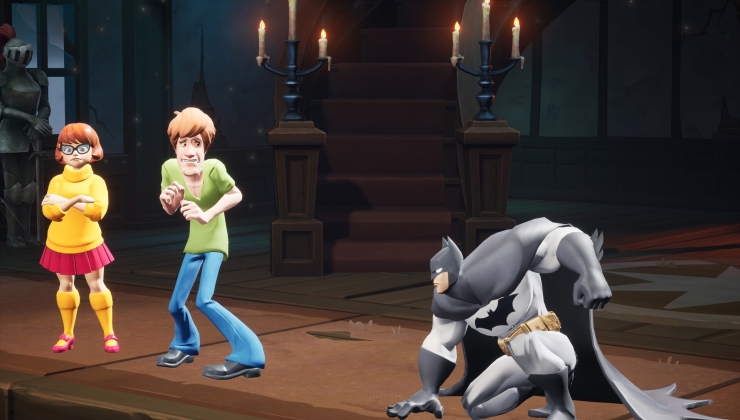
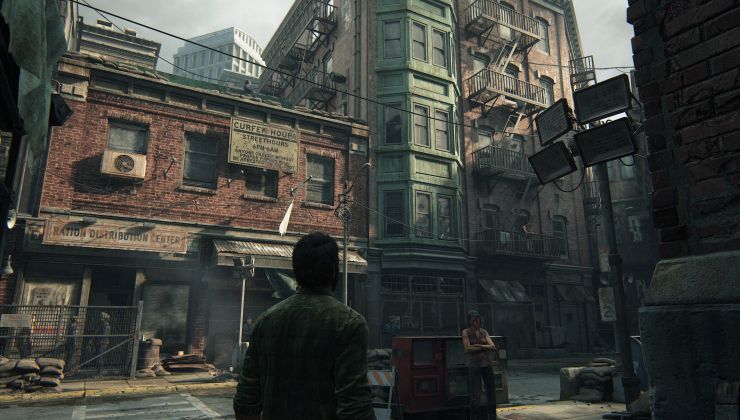
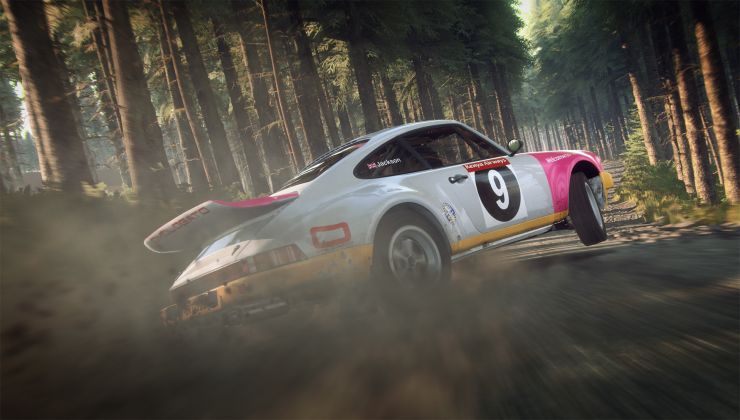
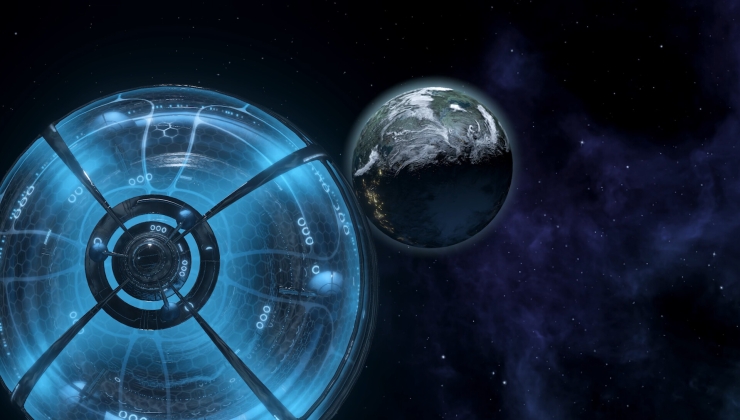








 How to set, change and reset your SteamOS / Steam Deck desktop sudo password
How to set, change and reset your SteamOS / Steam Deck desktop sudo password How to set up Decky Loader on Steam Deck / SteamOS for easy plugins
How to set up Decky Loader on Steam Deck / SteamOS for easy plugins
See more from me